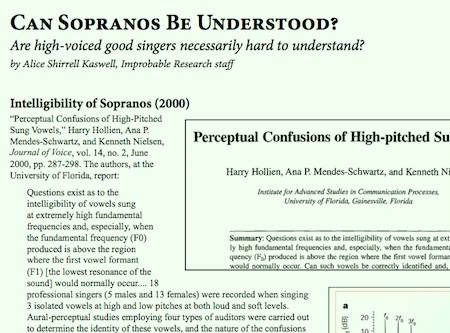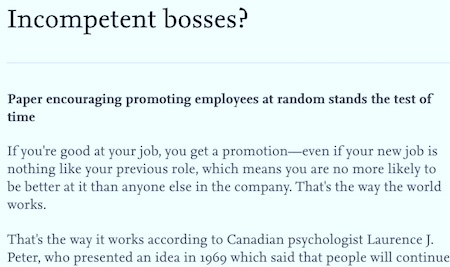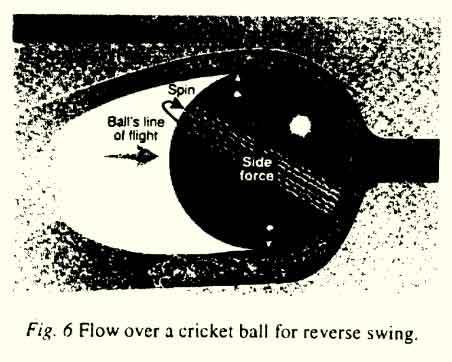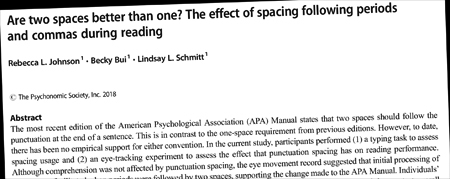Marc Abrahams's Blog, page 188
May 4, 2018
Can Sopranos Be Understood?
“Can Sopranos Be Understood—Are high-voiced good singers necessarily hard to understand?”, in the special Music issue of the Annals of Improbable Research, gathers research about that high-pitched question. Read the article free (PDF). Then, if you dare, purchase the issue, or subscribe to the magazine.

Brain Investigation of Crocodiles Listening to Bach
The music of Bach and the brains of crocodiles usher in a new era for explorers who use fMRI [functional magnetic resonance imaging] technology. A study documents this bold new step:
“Functional MRI in the Nile Crocodile: A New Avenue for Evolutionary Neurobiology,” Behroozi Mehdi, Brendon K. Billings, Xavier Helluy, Paul R. Manger, Onur Güntürkün, Felix Ströckens, Proceedings of the Royal Society B: Biological Sciences, 2018; 285 (1877): 20180178. The authors, at Ruhr-University Bochum, Germany, the University of the Witwatersrand, and Stellenbosch University, South Africa, explain:
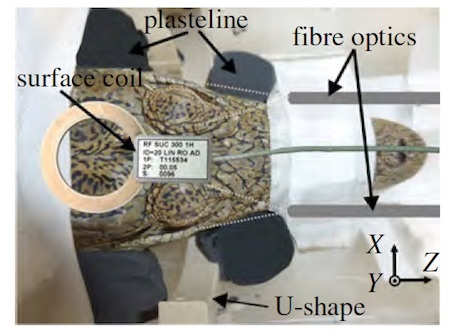
Here, we employed functional magnetic resonance imaging (fMRI), never tested in poikilotherms, to investigate crocodilian telencephalic sensory processing. Juvenile Crocodylus niloticus were placed in a 7 T MRI scanner…
Random chords centred around 1000 or 3000 Hz were used as simple stimuli, while classical music (by Johann Sebastian Bach [(first 12 s of Brandenburg Concerto No. 4]) was used as a complex stimulus. Stimuli were played using a speaker in front of the animals. Stimulation was done in 40 repeated blocks with each block consisting of 12 s sound followed by 18 s silence.
[O]ur study shows that fMRI can be used to investigate neural processing in poikilotherms, providing a new avenue for neurobiological research in these critical species.
This video, below, presents a different performance of Brandenburg Concerto No. 4, the musical work used in the study. The crocodiles were permitted to listen only to the first twelve seconds of the concerto:
BONUS: The 2012 Ig Nobel Prize for Neuroscience was awarded to the authors of the study “Neural correlates of interspecies perspective taking in the post-mortem Atlantic Salmon: An argument for multiple comparisons correction” Craig M. Bennett, Abigail A. Baird, Michael B. Miller, and George L. Wolford, poster, 15th Annual Meeting of the Organization for Human Brain Mapping, San Francisco, CA, June 2009.
(Thanks to Tony Tweedale for bringing this to our attention.)

May 3, 2018
Special MUSIC issue of the Annals of Improbable Research
The special MUSIC issue (vol. 24, no. 2) of the Annals of Improbable Research is now available.
The issue’s table of contents is online. And you can obtain, at a tiny price, the full issue. The magazine is in splendid PDF form, packed with sound and fury and delight and nothing and everything. Are people bad singers? When do musicians raise their eyebrows? Music for spies, penguins, and dreams?

Improbable Music – The Gumleaf
Herb Patten, above, is an expert Gumleaf player – a.k.a. a ‘Leafist’. Put another way, he’s a renowned ribbon-reed aerophone actant in the field of vegetal musicology. But does the gumleaf really qualify as a musical instrument? This question is examined in one of the very few scholarly studies of leafism. Dr. Robin Ann Ryan,. MA, BA, DipMusEd, AmusA, presents : “Not Really a Musical Instrument?” Locating the Gumleaf as Acoustic Actant and Environmental Icon in the journal Societies, 2013, 3, pp. 224-242.
“This essay – designed to open up nuanced patterns of understandings of the interlinked systems of leaf music, ecology, nature, and societies – consolidates a role for the physical science and philosophy of music to sit at the crossroads of the art and social science of music. Its exposition of six explanatory approaches corroborates the semiotics for a leaf instrument’s lively role in the human-music-vegetal dynamic. An initial consideration saw people-music-flora interactions surviving (sub)urbanisation and degrees of social change in which leafists from different sociocultural backgrounds living in the same foliaceous ecosystems have demonstrated different predilections for music leaves. The lantern of science confirmed that all leaves possess the same natural acoustic functions, with variations in size, shape and texture necessitating minor changes in players’ techniques.”
NOTE: The essay not only credits Mr. Patten as a leading contemporary Indigenous leafist – he’s also a poet, and has authored a combined book and CD set entitled : ‘How to play the gumleaf’
BONUS [1] Dr. Ryan’s Ph.D thesis : “A spiritual sound, a lonely sound” : leaf music of Southeastern aboriginal Australians, 1890s-1990s [caution: 17.4MB download]
BONUS [2] Dr. Ryan on ‘Didjeri-doos’ and ‘Didjeri-don’ts’: Confronting Sustainability Issues

May 2, 2018
Ig-Nobel-winning Peter Principle paper remains Physica A’s most popular
“That paper, published in Elsevier’s Physica A, remains the most popular of any paper in the journal on social media, according to the data analytics company Altmetric…. In September 2010, the paper also won the Ig Nobel Prize for Management, and after that it became increasingly popular.”
So says the journal’s publisher, also saying:
in 2010, a group of Italian scientists published a paper offering a way to overcome the Peter principle. The authors studied the promotion dynamics inside a hierarchical group, like you’d find in any office, and corroborated using numerical simulations what Laurence Peter had found in the 1960s. But, the team also found a counterintuitive solution to this problem affecting many real organizations; if you promote people at random, you are more likely to find a better match for the role….
The paper, “The Peter principle revisited: A computational study” by Alessandro Pluchino, Andrea Rapisarda and Cesare Garofalo of the University of Catania, Italy, has received the highest attention from social media out of any in the journal.
The paper also eventually inspired an opera—”The Incompetence Opera“—which premiered in 2017, at that year’s Ig Nobel Prize ceremony. (That opera also celebrated another Ig Nobel Prize-winning paper, Dunning and Kruger‘s “Unskilled and Unaware of It: How Difficulties in Recognizing One’s Own Incompetence Lead to Inflated Self-Assessments.”)

The Turkish Batman and the Turkish Batman
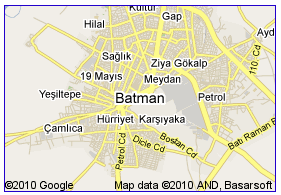 Study, if you will the Turkish Batman (the city) and the Turkish Batman (the fictional superhero).
Study, if you will the Turkish Batman (the city) and the Turkish Batman (the fictional superhero).
Here, to the right, is a map showing the former.
Here, below, is a video appreciation of the latter:

May 1, 2018
Laser beams shooting out of cows’ eyes, in Scotland
“Laser beams shooting out of cows’ eyes could be a step toward better biometric security, less easily forged banknotes, and improved sensors, according to a team of Scottish scientists,” says a report in IEEE Spectrum.
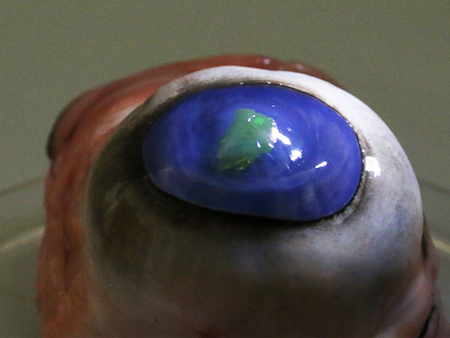
Technical details are sprinkled throughout the extent of a paper in the journal Nature Communications. The researchers are at the University of St. Andrews.

Tracking glitter particles from a university building
A team of forensic researchers from Soonchunhyang University in South Korea have determined that glitter can be used to track a person’s location in a university building.
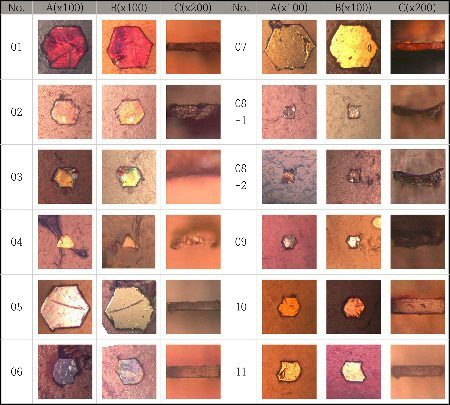
Hong, S., Cho, H., Son, D. and Lee, S. (2015). A study on the distribution of glitter particles from an university building. Analytical Science and Technology, 28(4), pp.288-298.
“A distribution study of glitter was conducted from a local university building. The potential recipient surfaces chosen were the 1,000 chairs kept in 16 separate classrooms of the building. The surface of chairs contacting with buttocks and back of users were tape lifted with commercial adhesive tapes … the authors could find that the classrooms where the same glitters were found were shared by a group of students who listen to the same class.”
After visual analysis with a microscope, the team used Fourier-transform infrared spectroscopy to determine the amount of light absorbed by each piece of glitter, ensuring they could find matches of the same type of glitter. They conclude:
“This result indicates that the possibility of glitter finding from Korean violent crime scene is high.”
Bonus: Glitter can also be used to help act as a pregnancy test for rhinos

April 30, 2018
The Lowdown on Cricket Ball Tampering – via NASA
“As all true gentlemen cricketers know, only natural substances such as sweat or saliva can be legally used as a polishing agent, although the odd use of ‘Vaseline’ or ‘Brylcreem’ is often at the centre of a ball tampering controversy. “
And, as rule 41.3.2 of the ‘Laws of Cricket.’ clearly states :
“It is an offence for any player to take any action which changes the condition of the ball.”
Nevertheless, ‘illegal’ ball-tampering in professional cricket games is rarely out of the news.* see note. But, with regard to the physical laws of aerodynamics, do the tamperers really know what they are doing when, for example, they sandpaper balls or apply Vaseline ? An authoritative viewpoint was provided in 2000 by Rabindra D. Mehta of NASA Ames Research Center, California, US, in his essay ‘Cricket Ball Aerodynamics: Myth Versus Science’.
? An authoritative viewpoint was provided in 2000 by Rabindra D. Mehta of NASA Ames Research Center, California, US, in his essay ‘Cricket Ball Aerodynamics: Myth Versus Science’.
“The basic scientific principles of conventional swing are now well established and understood. However. some confusion still remains as to what reverse swing is, and how it can be achieved on a cricket field. While it is generally believed (with some justification) that tampering with the ball’s surface helps in achieving reverse swing, the exact form of the advantage is still not generally understood.
Needless to say, cricket ball aerodynamics would not be such a fascinating subject if all the mysteries and controversies could be readily answered and settled.”
Note * See, for example this 2018 video showing the effects that ball tampering can have on lachrymation . . .

April 28, 2018
Ammo for Space Pedants: Are Two Spaces Better Than One?
There may be no safe space in the ongoing war, between scholars, about blank characters.[SPACE] The latest salvo is in the form of a published study.[SPACE,SPACE] You can look for yourself at the character spacing in the study itself:
“Are Two Spaces Better Than One? The Effect of Spacing Following Periods and Commas During Reading,” Rebecca L. Johnson, Becky Bui, and Lindsay L. Schmitt, Attention, Perception, and Psychophysics, epub 2018. The authors, at Skidmore College, explain:
“The most recent edition of the American Psychological Association (APA) Manual states that two spaces should follow the punctuation at the end of a sentence. This is in contrast to the one-space requirement from previous editions. However, to date, there has been no empirical support for either convention. In the current study, participants performed (1) a typing task to assess spacing usage and (2) an eye-tracking experiment to assess the effect that punctuation spacing has on reading performance. Although comprehension was not affected by punctuation spacing, the eye movement record suggested that initial processing of the text was facilitated when periods were followed by two spaces, supporting the change made to the APA Manual.”

Marc Abrahams's Blog
- Marc Abrahams's profile
- 14 followers


